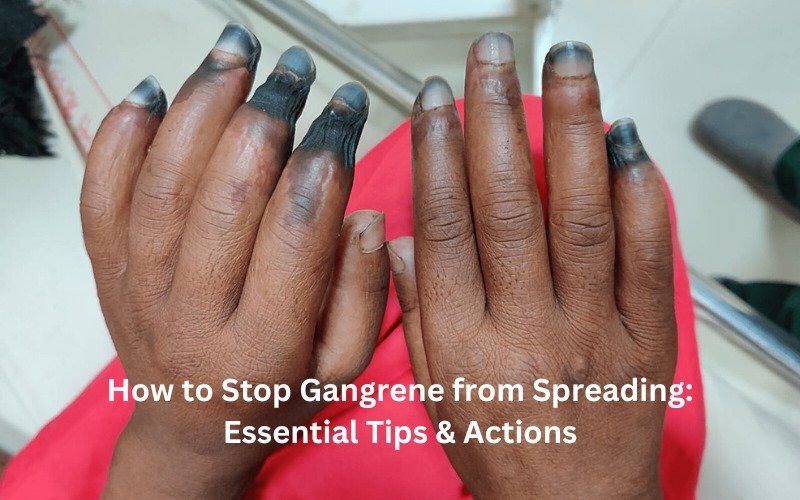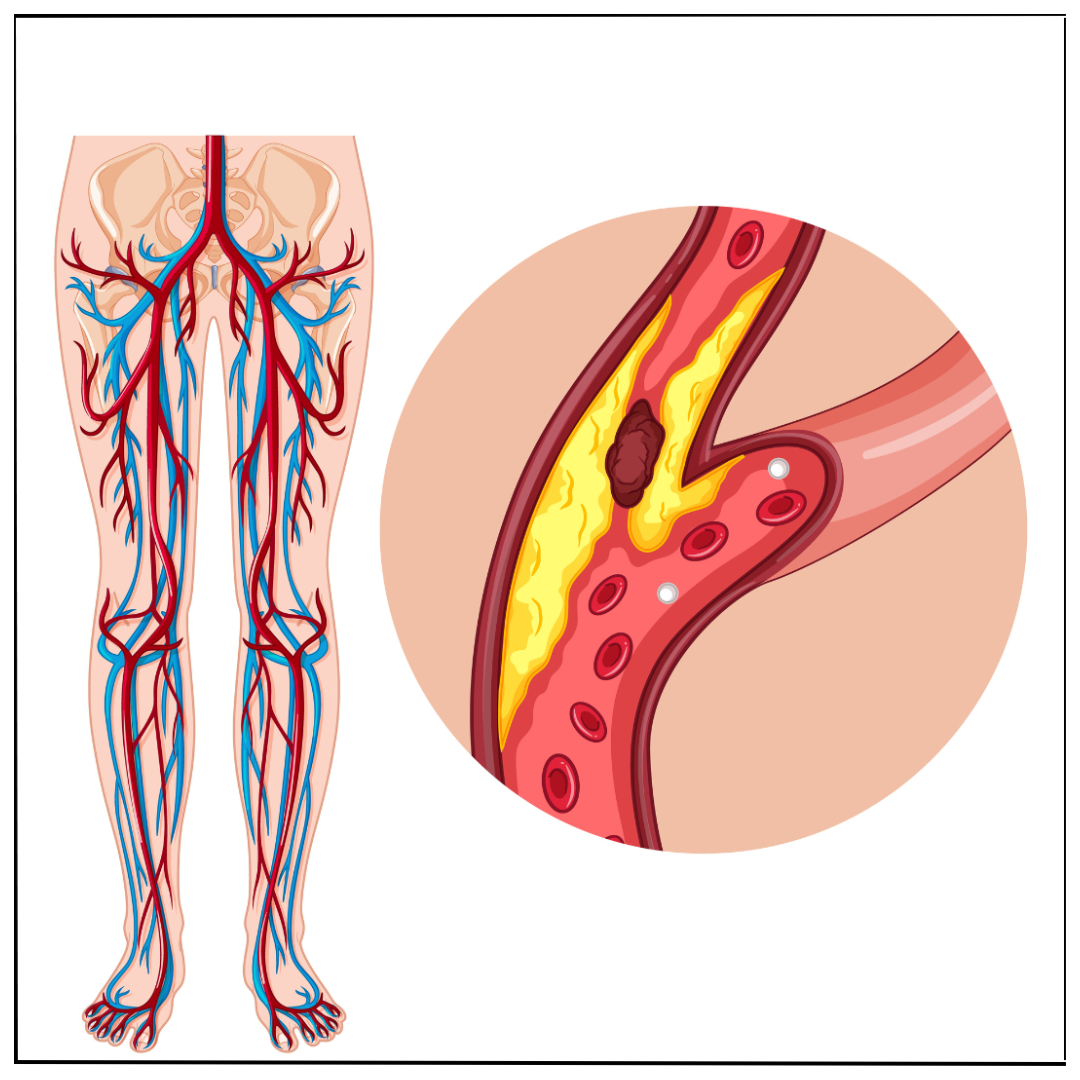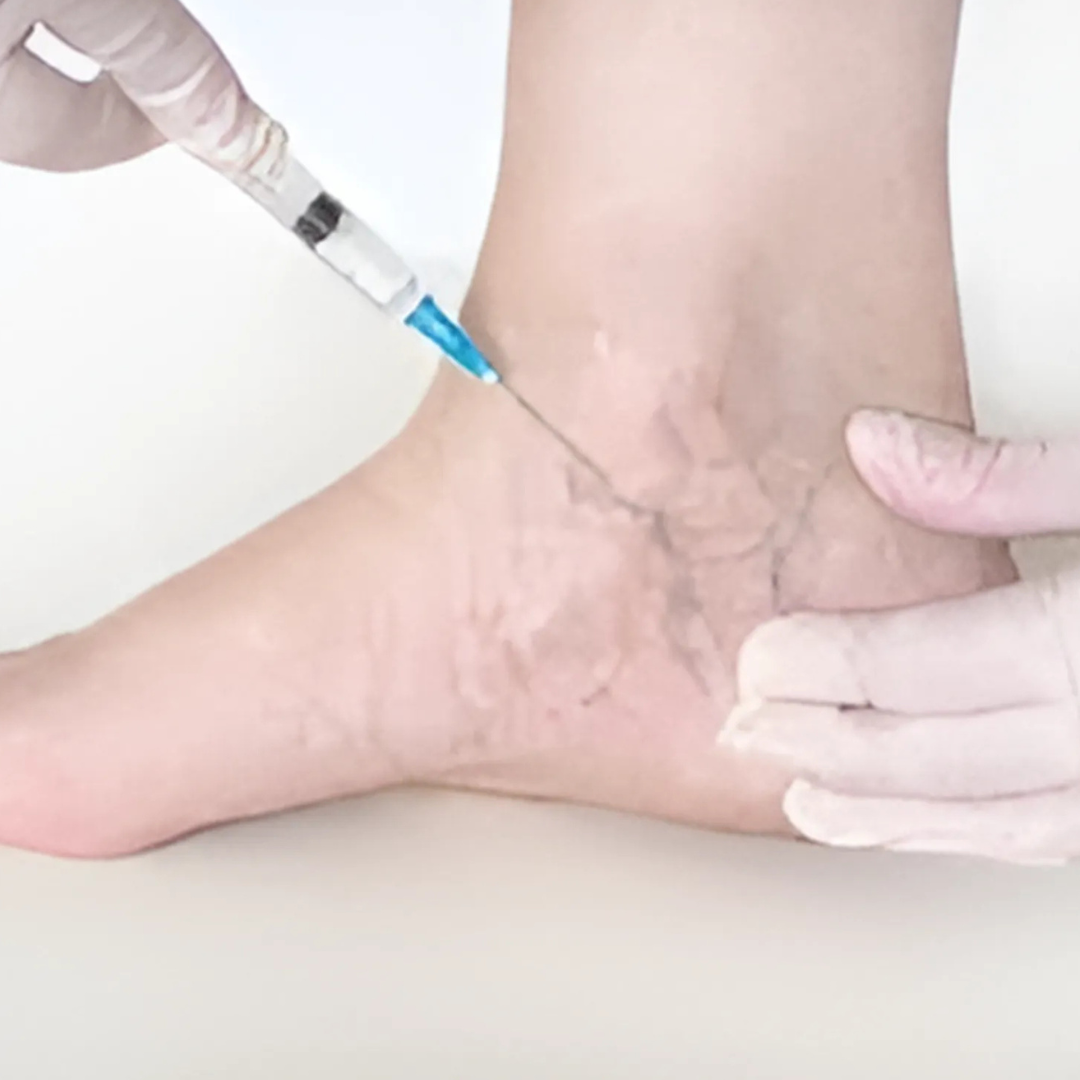Gangrene is a severe and potentially life-threatening condition that occurs when tissue in the body dies due to a lack of blood supply or infection. It can spread rapidly, leading to severe complications if not treated promptly. Consulting a Vascular Specialist is vital for early diagnosis and treatment, as they can help prevent the condition from worsening. Early intervention and effective treatment are crucial in stopping gangrene from spreading. In this comprehensive guide, we will explore the essential tips and actions to prevent the spread of gangrene, backed by the latest research and medical expertise.
Understanding Gangrene: What Is It?
Gangrene occurs when body tissue dies due to a lack of blood supply or severe infection. It commonly affects the extremities, such as fingers, toes, and limbs, but can also occur in internal organs. The condition can be classified into several types, including:
- Dry Gangrene: Caused by reduced blood flow, typically due to arterial blockage.
- Wet Gangrene: Occurs due to bacterial infection, often associated with untreated wounds.
- Gas Gangrene: Caused by Clostridium bacteria, leading to rapid tissue death and gas production.
- Internal Gangrene: Affects internal organs, often due to compromised blood supply.
- Fournier’s Gangrene: A rare but severe infection affecting the genital area.
Gangrene is a medical emergency that requires immediate attention. If left untreated, it can lead to sepsis, amputation, or even death.
Essential Tips & Actions to Stop Gangrene from Spreading
1. Seek Immediate Medical Attention
The first and most crucial step in stopping gangrene from spreading is to seek immediate medical attention. Time is of the essence, and early diagnosis and treatment can significantly improve outcomes. If you suspect gangrene, do not wait—contact a healthcare professional right away.
Once diagnosed, antibiotic therapy is often the first line of defense against gangrene. Antibiotics can help control and eliminate the bacterial infection that may be contributing to tissue death. In cases of wet or gas gangrene, intravenous antibiotics are typically administered to ensure rapid action.
Research-backed data shows that broad-spectrum antibiotics are often used initially until the specific causative bacteria are identified through culture tests. Once identified, targeted antibiotics can be administered to effectively combat the infection.
3. Surgical Intervention: Debridement
Debridement, the surgical removal of dead or infected tissue, is a critical step in stopping gangrene from spreading. By removing necrotic tissue, surgeons can prevent the infection from spreading to healthy tissue. This procedure is often performed under anesthesia and may need to be repeated depending on the extent of the gangrene.
4. Hyperbaric Oxygen Therapy (HBOT)
Hyperbaric oxygen therapy (HBOT) involves breathing pure oxygen in a pressurized chamber. This treatment increases the oxygen levels in the blood, promoting healing and inhibiting the growth of anaerobic bacteria, which thrive in low-oxygen environments.
Studies have shown that HBOT can be particularly effective in treating gas gangrene, as the increased oxygen levels help neutralize the toxins produced by Clostridium bacteria. HBOT is usually used in conjunction with other treatments, such as antibiotics and surgery, to enhance overall outcomes. REMEMBER HBOT ALONE WITHOUT DEBRIDEMENT IS NOT USEFUL.
Restoring blood flow to the affected area is essential in stopping gangrene from spreading, especially in cases of dry gangrene caused by poor circulation. Procedures such as angioplasty, stenting, or bypass surgery can help restore adequate blood supply to the affected tissues, allowing for better healing and reducing the risk of further tissue death.
In severe cases where gangrene has spread extensively and other treatments have failed, amputation may be necessary to prevent the spread of the infection to other parts of the body. Amputation is typically considered a last resort when all other options have been exhausted.
While the decision to amputate is a difficult one, it can be life-saving.
Proper wound care is essential in preventing the spread of gangrene, especially in patients with diabetes or other conditions that impair healing. Keeping the wound clean, dry, and protected from further injury is crucial in preventing infection and promoting healing.
Patients should follow their healthcare provider’s instructions for wound care, which may include regular cleaning, dressing changes, and monitoring for signs of infection.
How Fast Does Gangrene Spread?
Gangrene can spread very quickly, particularly in cases of wet and gas gangrene. The speed at which gangrene spreads depends on several factors, including the type of gangrene, the underlying cause, and the overall health of the patient. Wet gangrene, for example, can progress rapidly within hours or days, leading to widespread tissue death and potentially life-threatening complications.
Mesenteric Vasculature Treatment
Gangrene can also affect internal organs, such as the intestines, due to compromised blood flow through the mesenteric vasculature. Mesenteric ischemia, which can lead to intestinal gangrene, is a serious condition that requires prompt treatment.
Mesenteric vasculature treatment involves restoring blood flow to the intestines, often through surgical intervention. Procedures such as mesenteric artery bypass or angioplasty can help reestablish blood flow and prevent further tissue death.
Dr. Rahul Agarwal highlights the importance of early detection and treatment of mesenteric ischemia to prevent the development of gangrene. Symptoms such as severe abdominal pain, nausea, and vomiting should be evaluated promptly, especially in patients with risk factors such as atherosclerosis or atrial fibrillation.
Lifestyle Changes to Prevent Gangrene
Preventing the spread of gangrene also involves making lifestyle changes to improve overall health and reduce risk factors. These changes include:
- Smoking Cessation: Smoking damages blood vessels and reduces circulation, increasing the risk of gangrene. Quitting smoking can improve blood flow and reduce the risk of tissue death.
- Healthy Diet: A diet rich in fruits, vegetables, whole grains, and lean proteins can improve circulation and overall health. Avoiding high-fat, high-sugar foods can also reduce the risk of diabetes and atherosclerosis.
- Regular Exercise: Physical activity improves circulation and helps maintain a healthy weight, reducing the risk of conditions that can lead to gangrene.
- Diabetes Management: Proper management of diabetes, including blood sugar control and regular foot exams, can prevent the development of wounds that could lead to gangrene.
Conclusion
Gangrene is a serious condition that requires immediate medical attention. By following the essential tips and actions outlined in this guide, patients can stop the spread of gangrene and improve their chances of recovery. Dr. Rahul Agarwal’s expertise in vascular surgery underscores the importance of early intervention, proper treatment, and lifestyle changes in managing this potentially life-threatening condition.






.png)

 (1).png)
